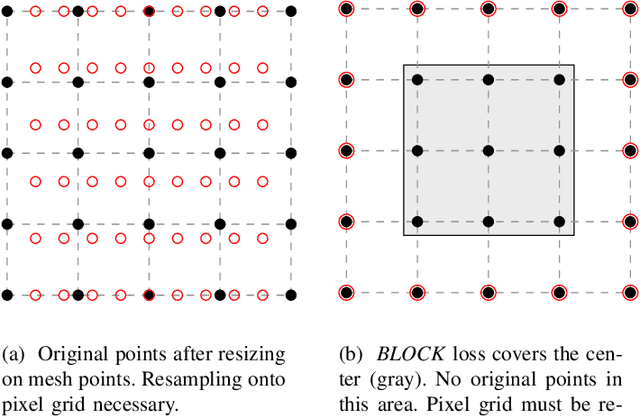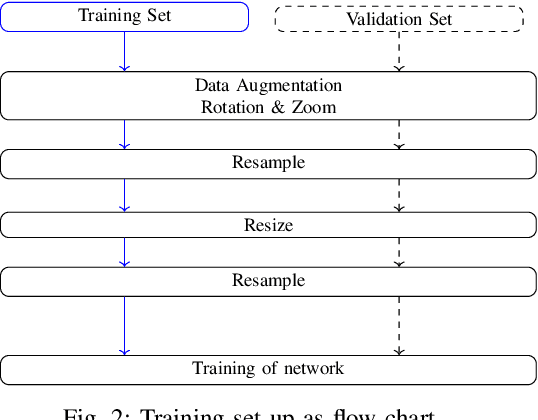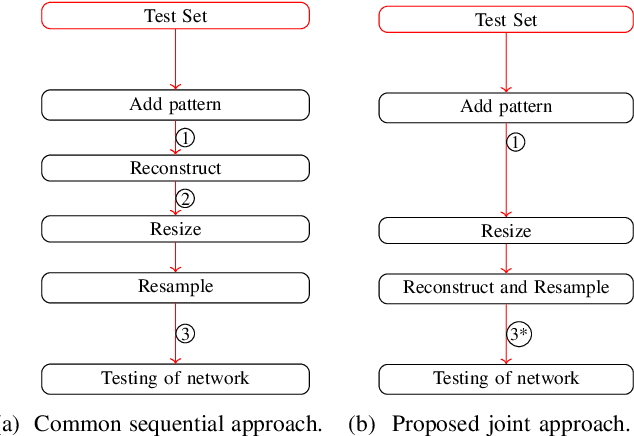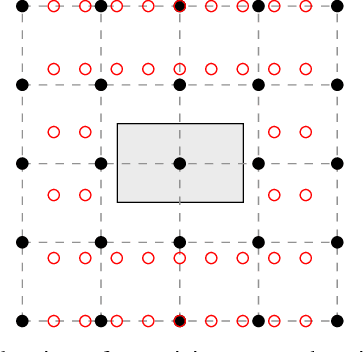Jointly Resampling and Reconstructing Corrupted Images for Image Classification
Paper and Code
Oct 31, 2022



Neural networks became the standard technique for image classification throughout the last years. They are extracting image features from a large number of images in a training phase. In a following test phase, the network is applied to the problem it was trained for and its performance is measured. In this paper, we focus on image classification. The amount of visual data that is interpreted by neural networks grows with the increasing usage of neural networks. Mostly, the visual data is transmitted from the application side to a central server where the interpretation is conducted. If the transmission is disturbed, losses occur in the transmitted images. These losses have to be reconstructed using postprocessing. In this paper, we incorporate the widely applied bilinear and bicubic interpolation and the high-quality reconstruction Frequency-Selective Reconstruction (FSR) for the reconstruction of corrupted images. However, we propose to use Frequency-Selective Mesh-to-Grid Resampling (FSMR) for the joint reconstruction and resizing of corrupted images. The performance in terms of classification accuracy of EfficientNetB0, DenseNet121, DenseNet201, ResNet50 and ResNet152 is examined. Results show that the reconstruction with FSMR leads to the highest classification accuracy for most networks. Average improvements of up to 6.7 percentage points are possible for DenseNet121.
 Add to Chrome
Add to Chrome Add to Firefox
Add to Firefox Add to Edge
Add to Edge